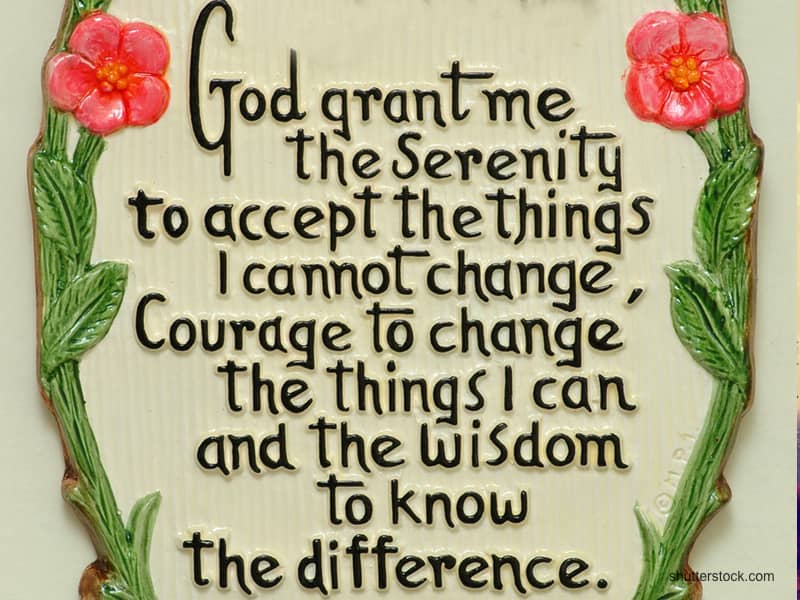Pennsylvania State University's Charles Prebish believes Asian and non-Asian Buddhists represent "two completely distinct lines of development in American Buddhism." And Indiana University's Jan Nattier sees the divide as being between "ethnic" and "elite" Buddhism.
When Tricycle editor-in-chief Helen Tworkov wrote in 1991 that Asian-American Buddhists have "so far...not figured prominently in the development of something called American Buddhism," it drew an angry response from Ryo Imamura, an Evergreen State College professor and Jodo Shinshu priest whose grandfather and father were bishops of the Honpa Hongwanji Mission of Hawaii.
Both made enormous contributions to the "Americanization" of Buddhism in Hawaii and California. Imamura noted that it was his father and mother, playing the vital role that minister's wives have always played, who in the 1950s created the Buddhist Study Center in Berkeley, California, where Gary Snyder, Jack Kerouac, and Alan Watts initiated their Dharma study. Imamura said Tworkov completely ignored 100 years of Japanese-American efforts to create an American form of Buddhism.
Japanese Buddhists are not the only ones feeling the racial divide. The eminent teacher of the Tibetan Nyingma lineage, Thinely Norbu Rinpoche recently observed that Euro-Americans are unwilling to listen to Asian Buddhists because they believe "they can do this without depending on the East's Buddhism."
He called that attitude "racist and patronizing."
Americans, he said "are very arrogant and their.habit is to think they are very superior to everyone else. They don't respect other races, other cultures. They are nationalistic."
While non-Asian American converts to Buddhism generally know little of what innovative "ethnic" Buddhist churches have done--or continue to do-- it's not their fault alone.
In October 1998, in order to learn the opinions of Asian-American Buddhists on this issue, I surveyed seven temples in the San Francisco Bay area--the Buddha Light Church (Chinese), Bohyunsah (Korean), Rissho-koseikai (Japanese), Southern Alameda County Buddhist Church (Japanese--Jodo Shinshu), Wat Buddhanusorn (Thai), and Hayward Buddhist Center (Vietnamese). Of the 71 individuals who returned survey forms, 48 percent were American-born.
My findings were both startling and contradictory. The respondents knew relatively few non-Asian Buddhists (about ten on average), and 45 percent said they knew three or less. Ninety percent had never visited a non-Asian Buddhist center. Half could not name even one high-profile non-Asian Buddhist (among those that could, Richard Gere was mentioned most, perhaps not surprisingly).
Other survey findings included:
- Seventy-eight percent said that non-Asians will help restore Buddhism's original spirit lost to varying degrees in the Asian homelands.
- Nearly half (46 percent) expressed concern that the practices of many Buddhist converts were less than authentic.
- Forty-five percent agreed that if not for the sizeable numbers of non-Asian Buddhists, Buddhism would not be accepted as an "American" religion.
- Fifty-six percent agreed that "some racist attitude" exists among Asian- and non-Asian American Buddhists alike. Yet when asked to name the primary reason the two groups interact so little, "differing needs" (57 percent) was stated most often.
From these responses, we can conclude that many Asian-American Buddhists view non-Asian Buddhism as still in a formative, experimental stage despite the great promise it displays. The attitude seems to be that this new Buddhism could eventually mature into a religious expression of exceptional quality, free of cultural and political overlays that too often detract from the religion's spiritual core among Buddhists in Asia.
Prebish, Nattier, Imamura, and others are right. A racial divide does exist in American Buddhism. However, it is not due to any conscious effort to exclude but results instead from the human tendency to gravitate to those with shared background and interests for psychological and physical security.
Underscoring this point was the survey's finding that there is also very little interaction among various Asian-American groups, including Korean, Japanese, Chinese, and Thai. An astounding 87 percent agreed on the scarcity of interaction.
What we have here, in other words, is another example of the American immigrant tendency to bunch together for survival, leaving little time for those outside the ethnic orbit--even if they share religious and philosophical forms. Buddhists, after all, are subject to the same tendencies in America's multi-ethnic society as are others.
There are bright spots, however. When opportunities arise, many groups participate actively in regional Buddhist councils that cut across ethnic and racial lines. On a national level, the American Buddhist Congress, despite its organizational problems, is an example of this coming together.
Then there is Soka Gakkai International, which has a more racially diverse membership than any Buddhist group in the United States. Even in the venerable Buddhist Churches of America (BCA), six out of 58 priests today are Euro-Americans and at least one-third of the BCA's Sunday Dharma School students are not of full Japanese-America parentage. Change is underway.
Responses to two questions in particular left me hopeful that American Buddhism's racial divide can be erased . One question asked what Asian Americans preferred calling non-Asian Buddhists. Seventy-eight percent favored the term "American Buddhists." Nineteen percent preferred "New Buddhists, or "First-generation Buddhists." The racially explicit "Caucasian, White, or Euro-American" ranked extremely low with a mere five percent. In fact, some write-in comments revealed a reticence--if not an aversion--to these racially explicit terms. Nine respondents said Buddhists should simply be called "Buddhists."
The second question asked Asian American whether they wanted to see more non-Asians join their temples. Yes! said a resounding 96 percent. That bodes well for inter-sangha relationship and the future of American Buddhism. It's time to expend the extra effort to realize the goal.

